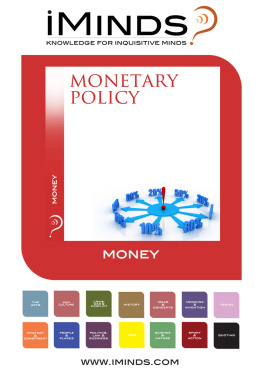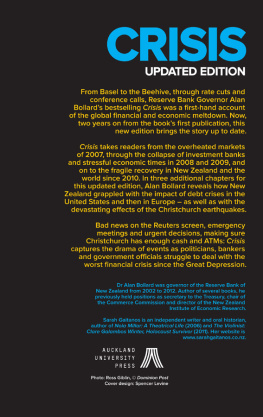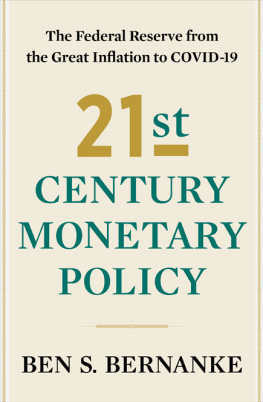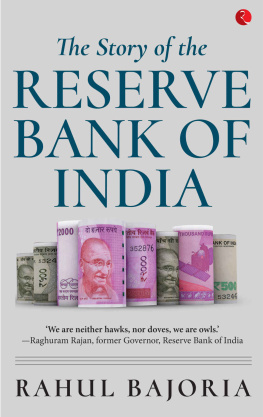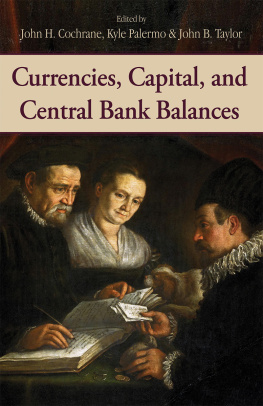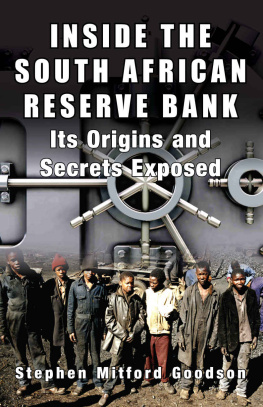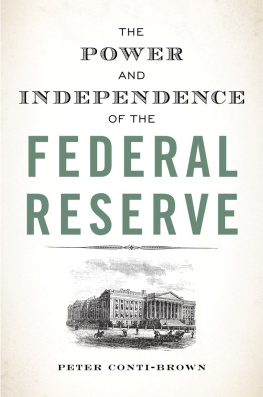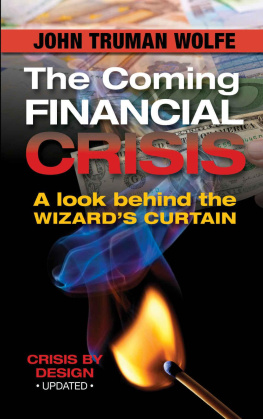John Singleton - Innovation and Independence: The Reserve Bank of New Zealand, 1973 -2002
Here you can read online John Singleton - Innovation and Independence: The Reserve Bank of New Zealand, 1973 -2002 full text of the book (entire story) in english for free. Download pdf and epub, get meaning, cover and reviews about this ebook. year: 2013, publisher: Auckland University Press, genre: Science. Description of the work, (preface) as well as reviews are available. Best literature library LitArk.com created for fans of good reading and offers a wide selection of genres:
Romance novel
Science fiction
Adventure
Detective
Science
History
Home and family
Prose
Art
Politics
Computer
Non-fiction
Religion
Business
Children
Humor
Choose a favorite category and find really read worthwhile books. Enjoy immersion in the world of imagination, feel the emotions of the characters or learn something new for yourself, make an fascinating discovery.

- Book:Innovation and Independence: The Reserve Bank of New Zealand, 1973 -2002
- Author:
- Publisher:Auckland University Press
- Genre:
- Year:2013
- Rating:3 / 5
- Favourites:Add to favourites
- Your mark:
Innovation and Independence: The Reserve Bank of New Zealand, 1973 -2002: summary, description and annotation
We offer to read an annotation, description, summary or preface (depends on what the author of the book "Innovation and Independence: The Reserve Bank of New Zealand, 1973 -2002" wrote himself). If you haven't found the necessary information about the book — write in the comments, we will try to find it.
In the 33 years since the last history of the New Zealand Reserve Bank the world has changed. New Zealanders now closely follow the Reserve Bank Governors statements and the Banks presence in the national life is strong. The Bank is internationally renowned for its strong mandate to eliminate inflation, having been the first reserve or central bank in the world to adopt the inflation targeting approach to monetary policy. The Bank also maintains the integrity of the currency; preserves the stability of the financial system and undertakes a range of activities on behalf of the people of New Zealand. Innovation and Independence tells the fascinating story of how this small central bank took the opportunities created by the political changes of the 1980s to design a unique institutional policy framework, rather than merely adapt an off-the-shelf overseas package. The Reserve Banks operational independence, once revolutionary, is now widely accepted internationally. Eight chapters cover the Banks early history and the deepening crises of the 1970s and early 1980s oil shocks, the reverse in trade terms and the Muldoon years; the intellectual developments in the Bank leading up to the crucial change of government in 1984; the aftermath of the post-1984 policy revolution and the ground-breaking Reserve Bank Act 1989; inflation targeting; the removal of controls and the development of new forms of registration; and the Banks internal cost cutting policies and withdrawal from non-core activities. There will be strong interest in this prestige, hardback, fully illustrated publication from historians, political and economic commentators, lecturers, students, public servants, public policy analysts, research institutes and, because of the Banks role in designing and issuing back notes and coins, from numismatists. Innovation and Independence is published in association with the Ministry for Culture and heritage.
John Singleton: author's other books
Who wrote Innovation and Independence: The Reserve Bank of New Zealand, 1973 -2002? Find out the surname, the name of the author of the book and a list of all author's works by series.


